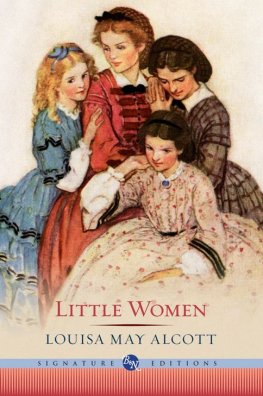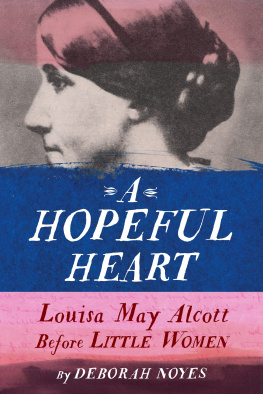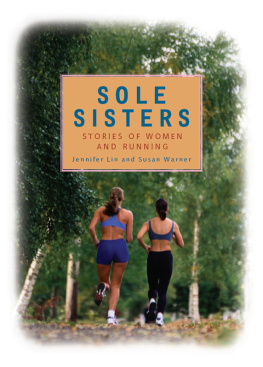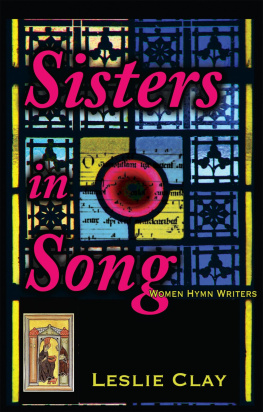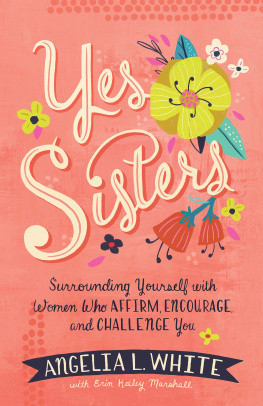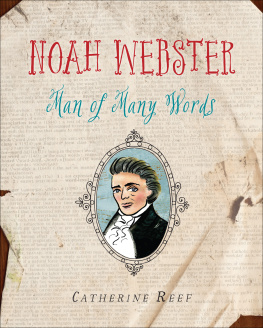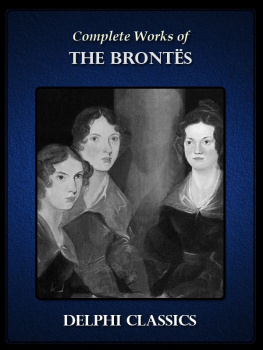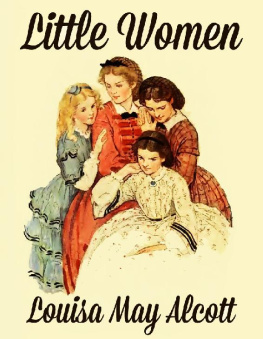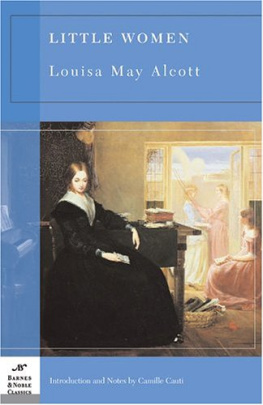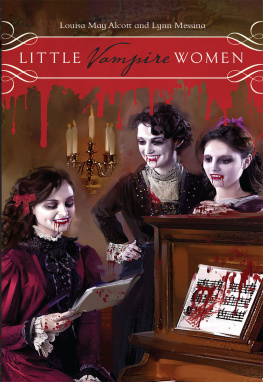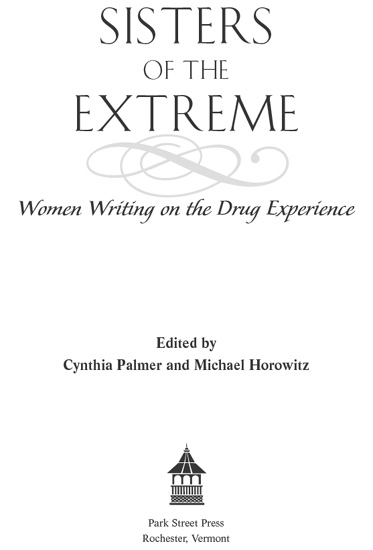
To Luna Wilson and Anita Hoffman

Foreword

T hose who believe that psychonautical art is a discipline of exclusive masculine interest will be astonished when reading this book. The table of contents says it all.
The editors, Cynthia Palmer and Michael Horowitz, could be described from different perspectives. A long-time couple who met as participants in the 1960s American psychedelic counterculture, they embody a combination of the most libertarian thinking with remarkable scholarship in their field of drug history and literature. Worldwide readers are in debt to Michael and Cynthia for the anthology of Aldous Huxleys drug-related writings, Moksha, and to Michael for his valuable editing of a number of the later books and a bibliography of Timothy Leary, who was godfather to their daughter, the actress Winona Ryder. American readers owe to both Michael and Cynthia the building of the worlds largest library of drug literature, the Fitz Hugh Ludlow Memorial Library, which provided much of the material for the present anthology.
The editors compiled and organized Sisters of the Extreme using a rigorous academic approach. Two different levels of work are apparent. The first, which belongs entirely to them, is a pioneering essay about women and drugs in mythology and world history prior to the nineteenth century. The second level is a careful collection of womens writings on the drug experience from about 1800 until the present, with valuable introductory notes both to historical periods and individual authors, as well as fascinating illustrations.
As usually happens, reality surpasses fiction. These female participants are refreshingly entertaining as they give the details of an array of different drug experiences with a very historical consciousness. A treasury of insight, this anthology reveals that drug taking was examined in depth much earlier than has commonly been accepted. The editors also show how current stereotypes are built, sometimes in response to a peculiar case and other times for religious or political reasons. The contributors to this book display opinions to satisfy any taste, and they invariably go beyond mere description to explore the impact of their experiences on the psyche and the soul.
Being myself a researcher and writer on this subject, the only thing I wish to add is that if I had made the acquaintance of such a book sooner, my writing of A General History of Drugs would have displayed a much more qualified understanding of causes. A couple of years ago when I discovered the earlier edition of this book (Shaman Woman, Mainline Lady, 1982), it was too late to help me illuminate the chronicle of the past century and a half with the amazing riches of information one finds in the present volume.
As you read the book, you will become aware of the many different facets of womens drug use. A specifically female approach to mind-altering substances emerges, a phenomenon that has been widely disregarded. This is an unusual book in the annals, as useful to a reader merely interested in the subject as it is precious to a researcher.
Antonio Escohotado
Preface

T his is the first collection of womens writings on their experiences with psychoactive drugs. The original edition of this anthology was published under the title Shaman Woman, Mainline Lady in 1982. The title of this new edition comes from a remark in a letter Grace Slick wrote us upon seeing the book in its original form: I didnt know I had so many sisters of the extreme.
Our intention is to present a history of mind-altering and addictive drugs in the lives of women from the early nineteenth century, when the first memoirs and poems of opium users were published, to the present, postpsychedelic polydrug era. Today, scientific exploration continues amid stormy social, legal, and medical controversy over increased drug use and abuse. It is illuminating to learn, directly from the literature of personal accounts, how this point has been reached.
Since 1960, more than a dozen anthologies of drug literature have been published in English. Almost everything in these collections was written by men. The existence of female authors who could rival the power of Thomas De Quincey, Fitz Hugh Ludlow, Charles Baudelaire, Jean Cocteau, Aldous Huxley, William Burroughs, or Carlos Castenada has been unsuspected. We believe that among these experimental reports, stories, essays, poems, and extracts are some that invite comparison with the acknowledged masterpieces of drug literature.
Published female views of the drug experience generally have been limited to sociological studies and tabloid sensationalism. Media controlled by men have given us an enduring stereotype of a female drug abuser: a passive, exploited, degraded victim who becomes sexually promiscuous, ready to sell her body for the price of her next fix. Another common theme is the Hollywood actress, nightclub singer, or rock star who, unable to cope with the pressures of fame, overdoses on heroin or barbituratesnot unlike her Victorian sisters who met the same fate with laudanum and chloral hydrate.
The selections appearing in this book demonstrate that womens real experience with drugs are far more varied and complex than the stereotypes suggest. The writers have a great variety of backgrounds and professions: housewife, schoolteacher, socialite, physician, singer, parapsychologist, prostitute, professional writer, actress, social reformer, nutritionist, anthropologist, artists model, psychotherapist, and shaman. The settings of their experiences, ecstasies, ordeals, or imaginary accounts include opium dens in Shanghai, San Francisco, New York, and Paris; a Fifth Avenue pharmacy; a Greenwich Village salon; a North African caf; a hippie crash pad; an English theater; a French chteau; a Oaxacan village hut; a Los Angeles psychiatrists office; a Hollywood dance club; the Manhattan subway; the federal rehabilitation center in Kentucky; the Esalen Institute; prisons, parks, and bedrooms of every description.
The authors consume almost the entire array of popularly used and presently illegal drugs: opium, morphine, and heroin; cocaine, methamphetamine, and other stimulants; the psychedelic substances LSD, DMT, peyote, psilocybin mushrooms, and ayahuasca; the empathogens MDA and MDMA; marijuana and hashish; the anesthetics ketamine and laughing gas. The external parameters of a drug experience are: purity of the substance ingested, dosage per body weight, method of consumption (eaten, smoked, swallowed, sniffed, injected), individual tolerance based upon extent of previous use, psychological set, and physical setting. The internal parameters can be expressed and understood only through personal communications, such as those in this anthology.
In general, psychoactive drugs temporarily, but often quite dramatically, alter the manner in which reality is experienced by the human nervous system. Psychedelic (entheogenic) drugs, including high-quality, high-dose marijuana, heighten the senses and propel the user through inner space. Psychedelics speed up the reception of information, accelerating, fragmenting, and reintegrating consciousness. Opiates tend to carry the user to the womb-center of existence: a floating dream of peace and contentment. Cocaine and amphetamines free the intellect from consuming emotional moods and general fatigue. Their use sometimes quickens, intensifies, and sexualizes perception. The anaesthic drugs fragment consciousness and produce out-of-body experiences. A relatively new class of drugs known as empathogens or entactogens (MDA, MDMA, 2CB, etc.) enhance communication and emotional receptivity. Despite the many differences in the characteristic effects of these three classes of drugs, each can produce euphoria, enlarge realms of awareness, eroticize the nervous system, trigger internal visions, and mess up people who use them carelessly, immoderately, and without respect for their immense power.
Next page

